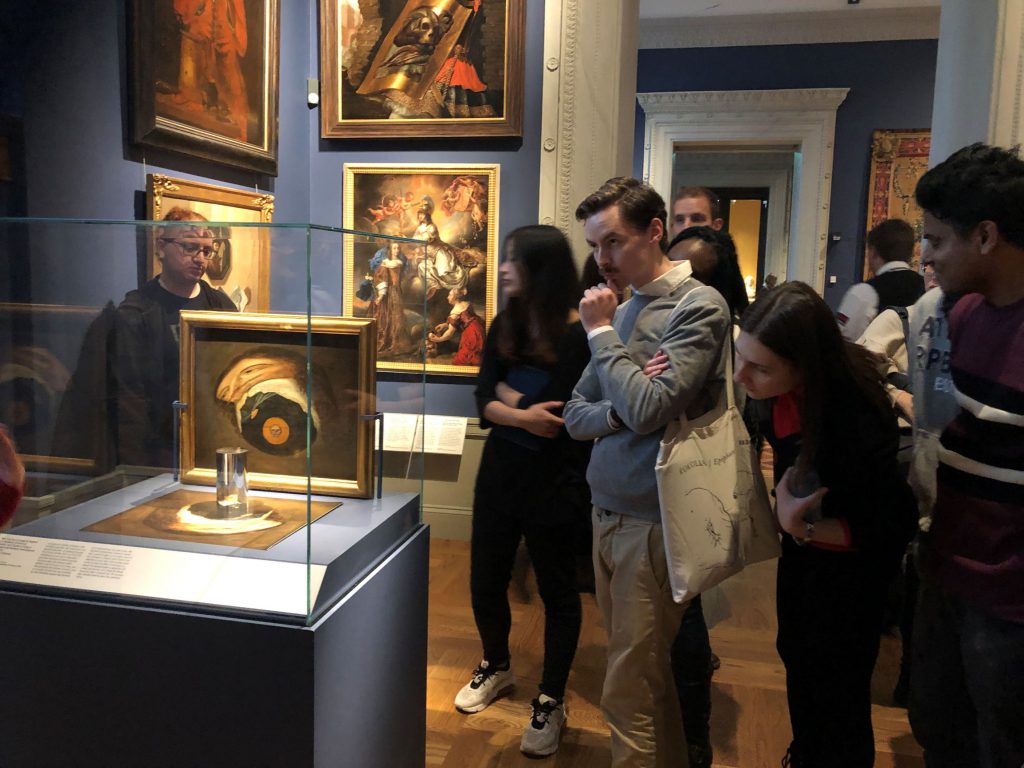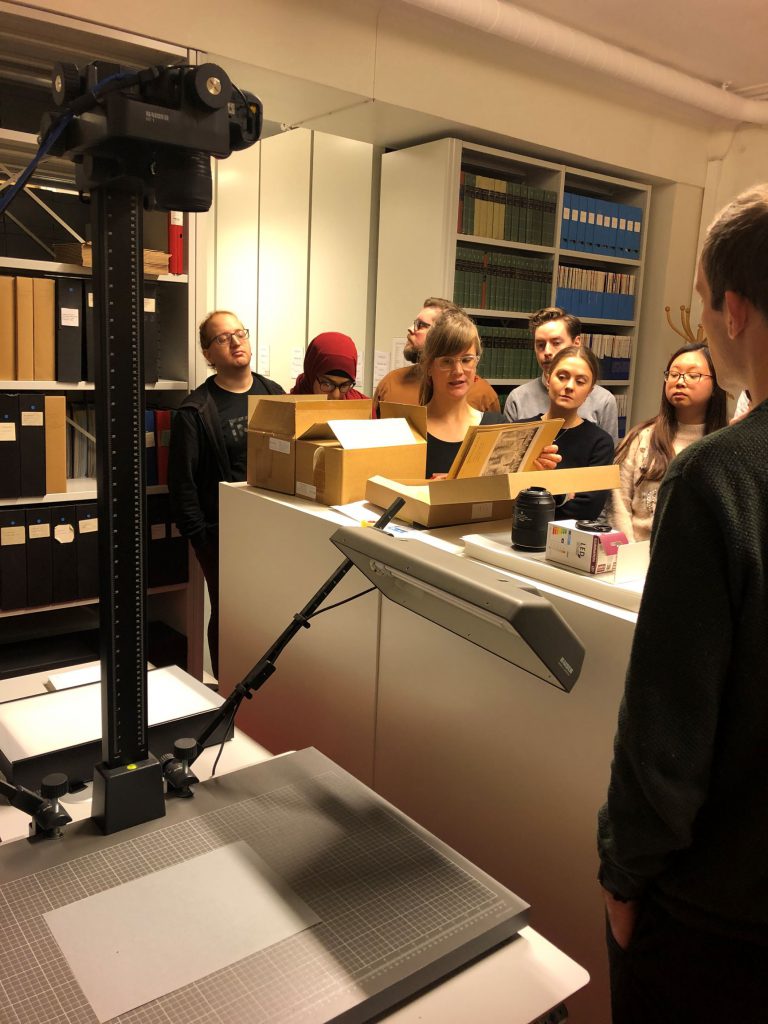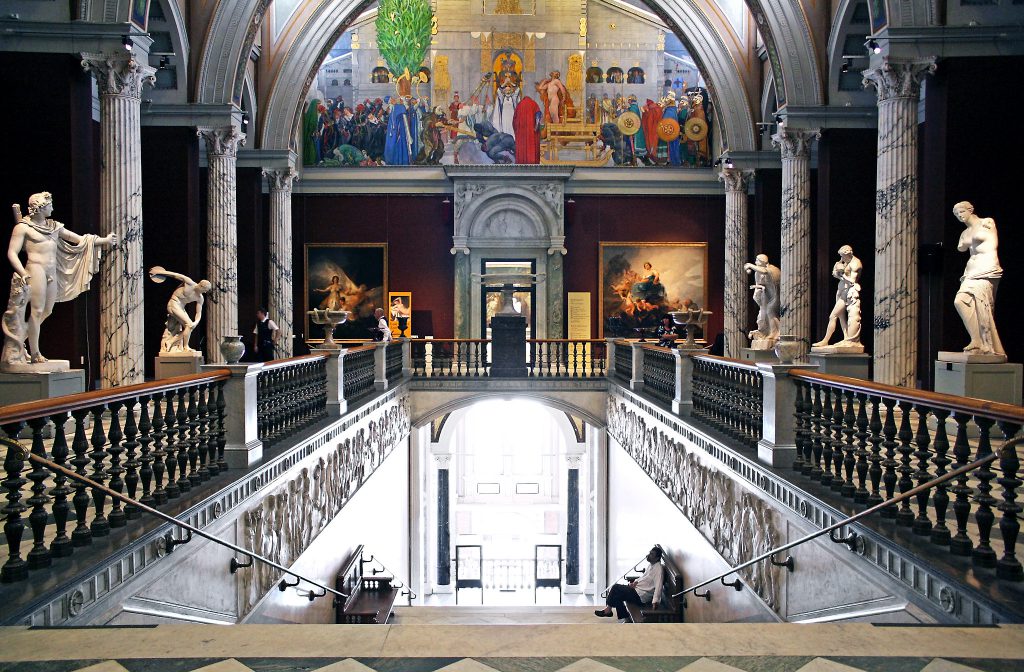Last week the course Digital Cultural Heritage ended. I got the opportunity to ask a few questions to the course coordinator Nadzeya Charapan, about the course and her own academic background.
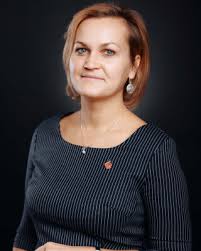
What is your research background and how did you find Digital Cultural Heritage as an educational and research subject?
My academic background is in communication and heritage studies. Right now, I’m completing my doctoral research about the nature of visitor-museum encounters and visitor experiences in open-air museums in Sweden, Lithuania, and Belarus. Given the emerging shift towards visitor empowerment in the cultural sector and urge for participation, digital technologies provide enormous affordances for the co-creation of meaningful experiences and enhancement of memory institutions as an important facilitator of social and economic value generation. Embracing digital technologies in cultural heritage enhances the revitalization of cultural heritage by bringing innovation to tradition, enlarging accessibility and fostering new meanings. Drawing on this perspective, the underpinning idea of the course was to introduce students to the fast-developing digital cultural heritage sector and inspire them for further professional development in the domain.
How do you use digital tools or digital methods in your own research?
Considering my intrinsic research in visitor experience, in my recent research (7th Estonian Digital Humanities Conference (Estonia), link to the abstract), I address the issue of complementarity and the complexity of visitor experience, discussing the relationship between the physical and digital facets of the visitor experience of the cultural heritage site, discovered during the VR and AR entanglements.
Since most of my previous research is based on participatory observations and qualitative methods, I broadly applied qualitative research methodologies, inviting netnography and online surveys. Hence, I’m familiar with metadata analysis and visualization tools (for example, Palladio, Google Fusion Tables), text mining methods (for example, Voyant), and Phyton.
Nadzeya also emphases that the focus of her course was not instrumental but rather conceptual. In the planning of the first of semester, a more practical focus was placed on the final course called Digital Implementations in Heritage.
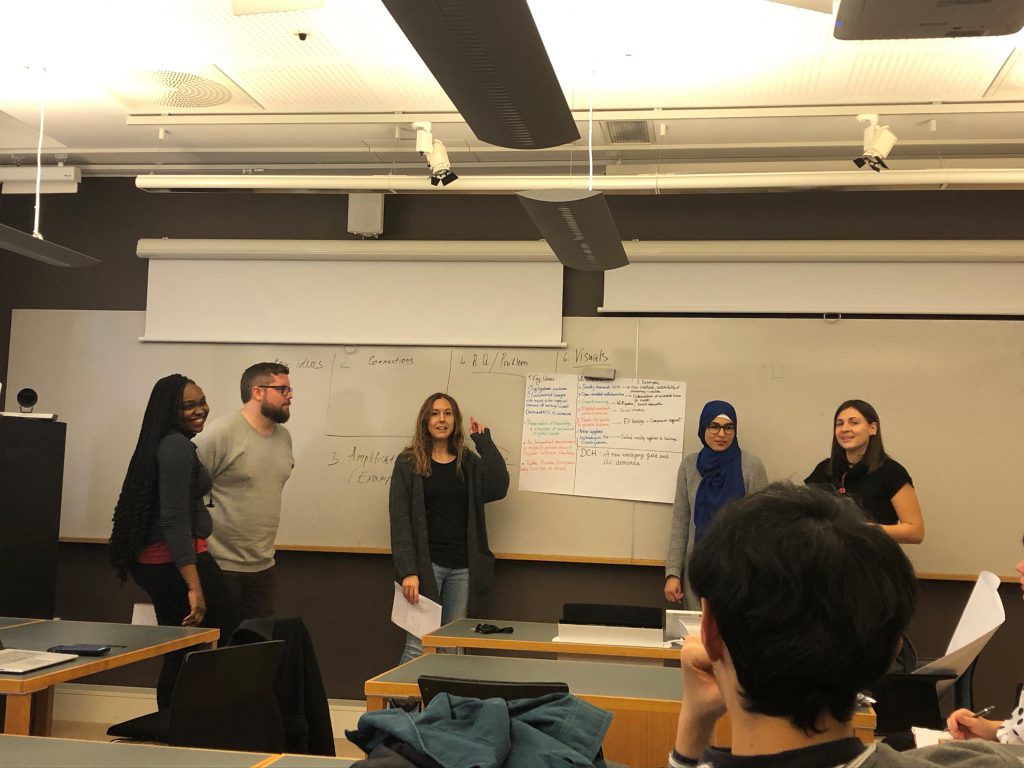
What would you say was the most successful or meaningful part of the course?
Inspired by the principles of experiential learning, the academic activities of the course combined study visits to museums and cultural heritage sites (Gamla Uppsala Museum, the National Museum, Digital Archive), where students had an opportunity to explore the sites, meet and partake in discussions with the experts from Nordic Countries (for example, Dr. Karin Glasemann from the National Museum (Sweden) and Merete Sanderhoff from the SMK (Denmark)), and also learn about the history and culture of Sweden. This practice-oriented approach has facilitated further interest in the subject and highlighted the demand in the DH skills and competencies, and introduced potential career avenues.
What would you say is the core of the course?
The core of the course was to frame the understanding of the legal, social and ethical considerations of digital cultural heritage, related to participation, contextualization, open access policies, and intellectual property rights. Despite the ubiquitous role of digitization for humanities, the course introduced a critical perspective on the production, preservation, and dissemination of digital cultural heritage.

